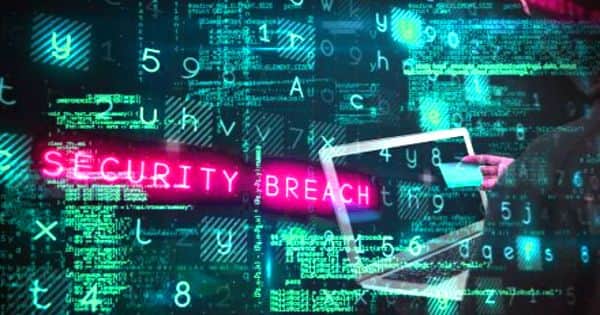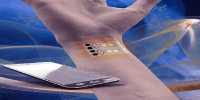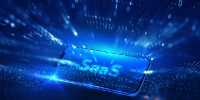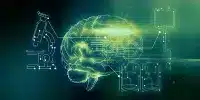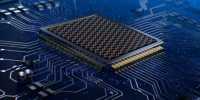New research has demonstrated a machine learning approach for correcting quantum information in photon-based systems, which improves the prospects for deploying quantum sensing and quantum communications technologies on the battlefield.
Researchers funded by the Army demonstrated a machine learning approach that corrects quantum information in photon-based systems, improving the prospects for deploying quantum sensing and quantum communications technologies on the battlefield. When photons are used as quantum information carriers to transmit data, the information is frequently distorted due to environmental fluctuations, which destroy the fragile quantum states required to preserve it.
When photons are used as quantum information carriers to transmit data, the information is frequently distorted due to environmental fluctuations, which destroy the fragile quantum states required to preserve it. The team used a type of neural network to correct for distorted spatial modes of light at the single-photon level for this study.
Researchers from Louisiana State University exploited a type of machine learning to correct for information distortion in quantum systems composed of photons. This is an exciting development for the future of free-space quantum technologies.”
In realistic communication protocols affected by atmospheric turbulence, this smart quantum technology demonstrates the possibility of encoding multiple bits of information in a single photon.
Louisiana State University researchers used a type of machine learning to correct for information distortion in photon-based quantum systems. The team demonstrated that machine learning techniques using the self-learning and self-evolving features of artificial neural networks can help correct distorted information in a paper published in Advanced Quantum Technologies. This performance outperformed traditional protocols that rely on traditional adaptive optics.
“We are still in the early stages of understanding the potential for machine learning techniques to play a role in quantum information science,” said Dr. Sara Gamble, program manager at the Army Research Office, which is part of the United States Army Combat Capabilities Development Command, also known as DEVCOM, Army Research Laboratory. “The team’s result is an exciting step forward in developing this understanding, and it has the potential to ultimately improve the Army’s battlefield sensing and communication capabilities.”
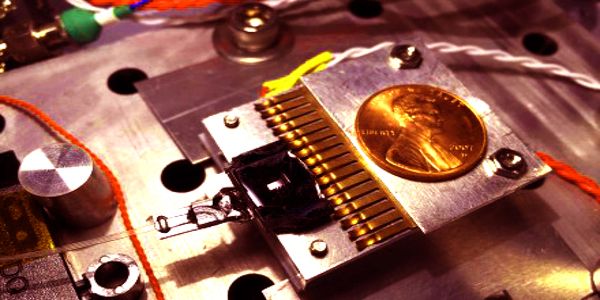
The team used a type of neural network to correct for distorted spatial modes of light at the single-photon level for this study. “One of the most difficult challenges in using spatial modes of light in a wide range of quantum technologies, such as quantum communication, quantum cryptography, and quantum sensing,” said Narayan Bhusal, a doctoral candidate at LSU. “When compared to traditional techniques, our method is remarkably effective and time-efficient. This is a significant step forward for the future of free-space quantum technologies.”
This smart quantum technology, according to the research team, demonstrates the possibility of encoding multiple bits of information in a single photon in realistic communication protocols affected by atmospheric turbulence.
“We are still in the early stages of understanding the potential for machine learning techniques to play a role in quantum information science,” said Dr. Sara Gamble, program manager at the Army Research Office, which is part of the United States Army Combat Capabilities Development Command, also known as DEVCOM, Army Research Laboratory.
“One of the most difficult challenges in using spatial modes of light in a wide range of quantum technologies, such as quantum communication, quantum cryptography, and quantum sensing,” said Narayan Bhusal, a doctoral candidate at LSU. “Our technique has enormous implications for optical communication and quantum cryptography,” said LSU assistant professor of physics Omar Magaa Loaiza. “We are now looking into ways to incorporate our machine learning scheme into the Louisiana Optical Network Initiative to make it smarter, more secure, and quantum.”
